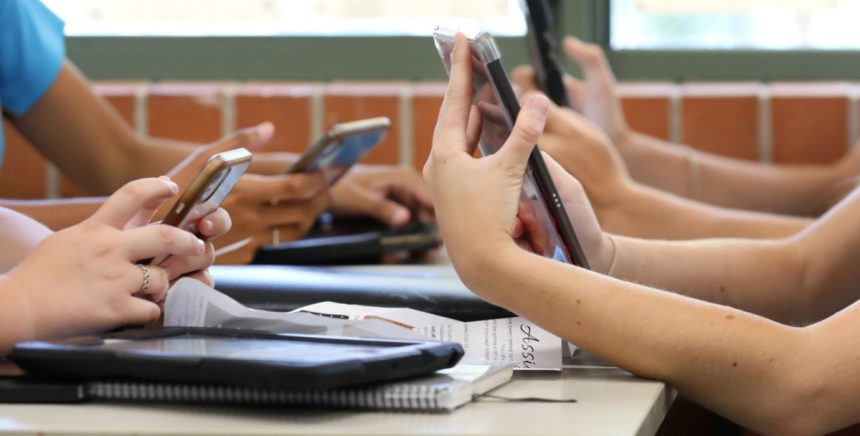Researchers are calling for greater media literacy education across Australia – after a new study shows a growing number of young people get their news from social media.
The study, jointly conducted by Queensland University of Technology (QUT), Western Sydney University, and the University of Canberra, surveyed more than 1000 children aged eight-16 and found that 88 per cent were only receiving the news from one source, while 35 per cent said their primary news source was social media.
Dr Tanya Notley is an Associate Professor at the School of Humanities and Communication Arts and the Institute for Culture and Society at Western Sydney University. She says improving media literacy among young people is essential to good citizenship.
The battle against disinformation
“We know that young people and adults alike spend considerable time on social media and because of this people receive a great deal of information on social media,” she says.
“So, it is vital that the education system and schools acknowledge this and develop young people’s media capabilities to investigate sources and recognise what information is credible and trustworthy.
“The number of disinformation actors is only increasing—we all need to commit to ongoing media literacy to ensure we can make the most of digital media opportunities while not falling victim to scams and manipulation.”
Understanding algorithms
A worrying statistic from the study was that only four-20 per cent (depending on the social media platform used) of the young people surveyed said they got their news intentionally from social media and only 40 per cent between the ages of 12 and 16 were familiar with the term algorithm in relation to news.
Technology companies like Google and TikTok use algorithms to display selected news, based on what they believe users like. This has the power to skew news feeds.
When using social media to intentionally get news, half the children in the survey preferred YouTube, followed by TikTok (21 per cent) and Facebook (13 per cent). Teenagers preferred YouTube (31 per cent), TikTok (24 per cent) and Instagram (19 per cent).
Interestingly, when young people were asked about getting news on social media, only a small proportion (4-20% depending on the platform used) said they intentionally use social media to find or get news. Instead, they mostly report encountering news while they are using social media for other purposes.
Dr Notley says critical thinking around social media needs to be taught in schools.
“In Finland, children start to learn about misinformation and how to think critically about information in an age-appropriate way in their first year of school,” she told EducationDaily. “That can happen here too. Media literacy is a lifelong pursuit and needs ongoing time and attention throughout our lives.”
As part of the study, researchers divided the students into five groups based on their engagement with the news. Dr Notley says young people with the highest level of engagement with news were four times more likely to report they often or sometimes ask critical questions about the news they consume than those with the lowest level of interest in the news (76 per cent versus 18 per cent).
“Young people with a high level of engagement with news are also more likely to take actions that will help them to avoid misinformation.
“For example, they are six times more likely to report checking multiple sources to verify news when compared with young people with a low level of interest in news (63 per cent versus 10 per cent).”
What could improved media literacy look like?
In Australia, although media literacy programs like NewsHounds and resources by the Museum of Australian Democracy already exist, Dr Notley says the statistics show that more attention is required.
“In the earliest years, this might involve introducing children to the idea that not all information and stories on the internet are true,” she told EducationDaily. “Teaching them how to recognise an advertisement and appreciate that this was created by someone who wants to sell us something.
“This might happen through storytelling and by teaching children that they can ask critical questions to help them make a decision about whether they should believe information. This education would also include the importance of children talking to family and teachers about information they come across and are not sure about and it could help families to develop critical thinking skills in the home.”








